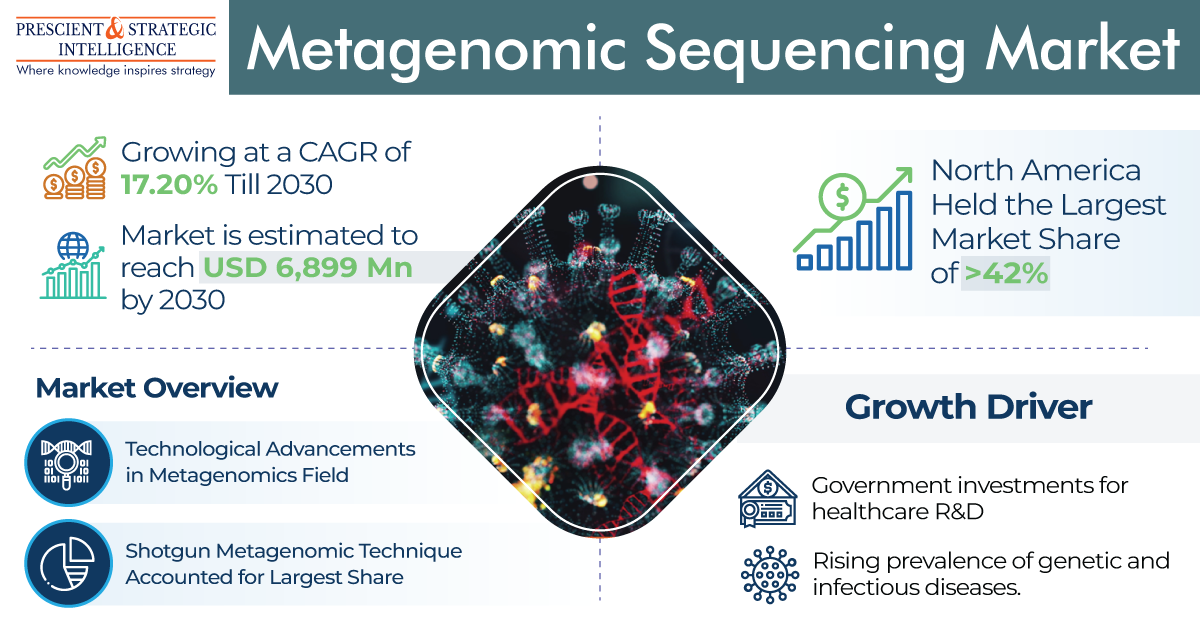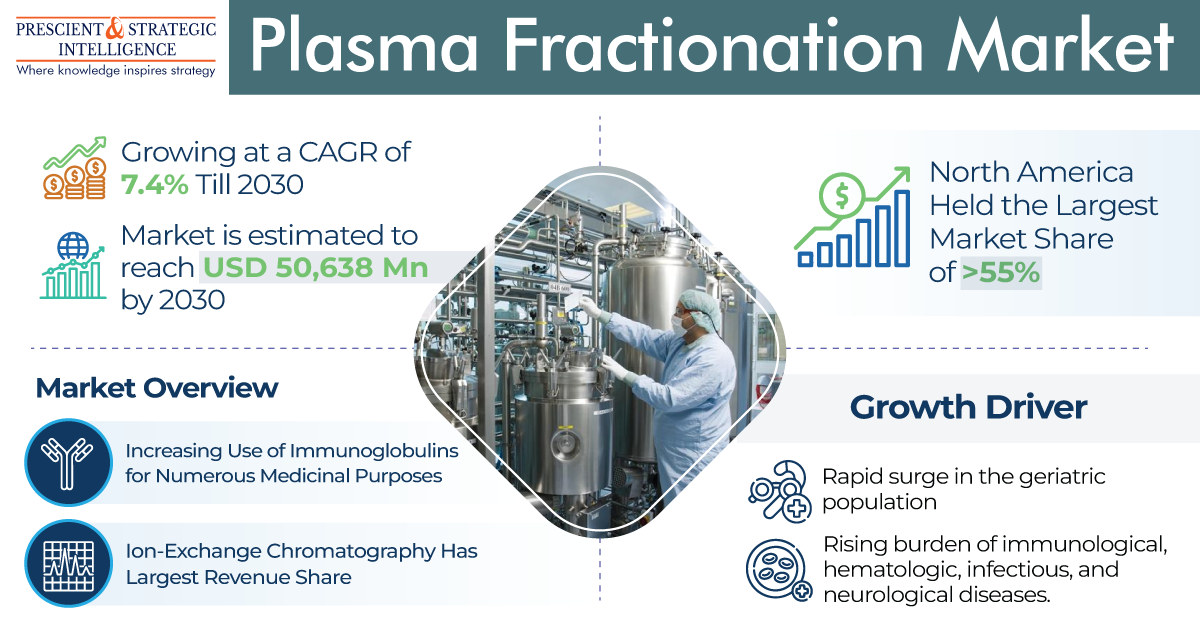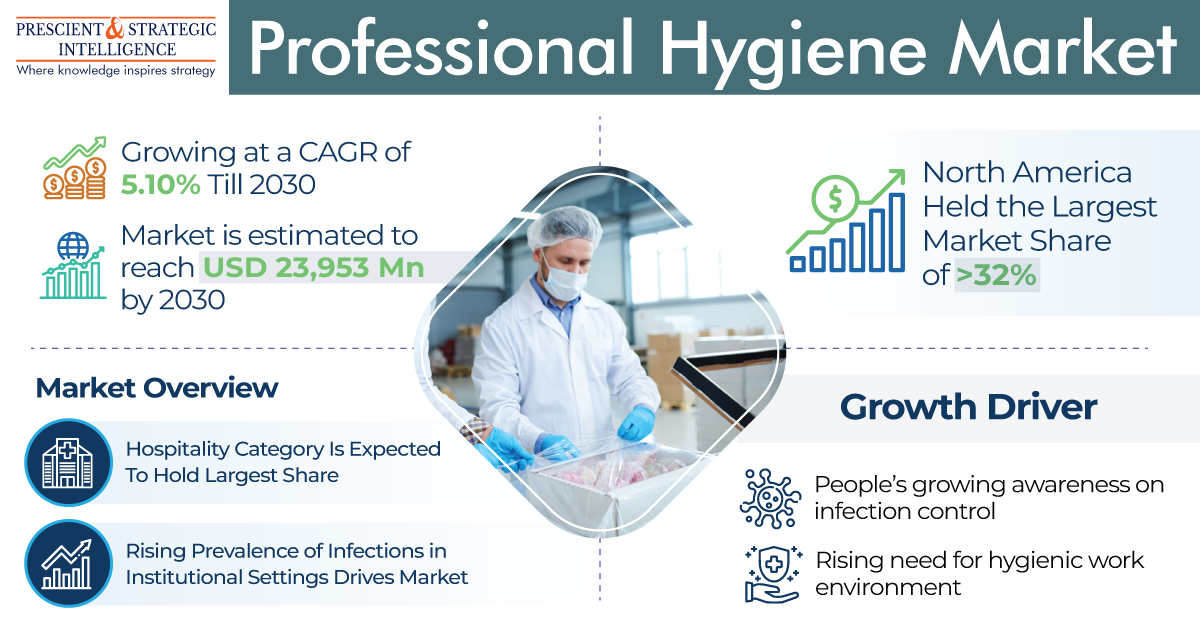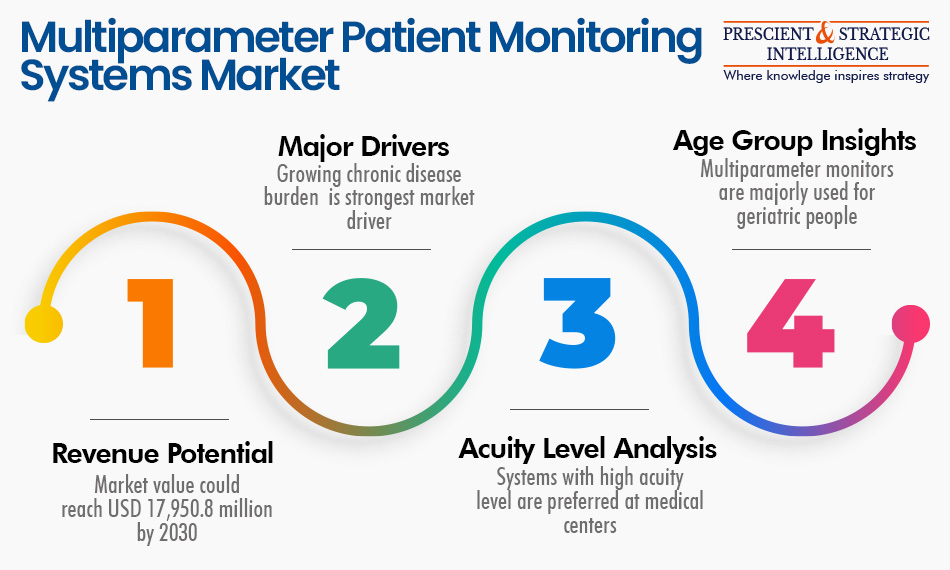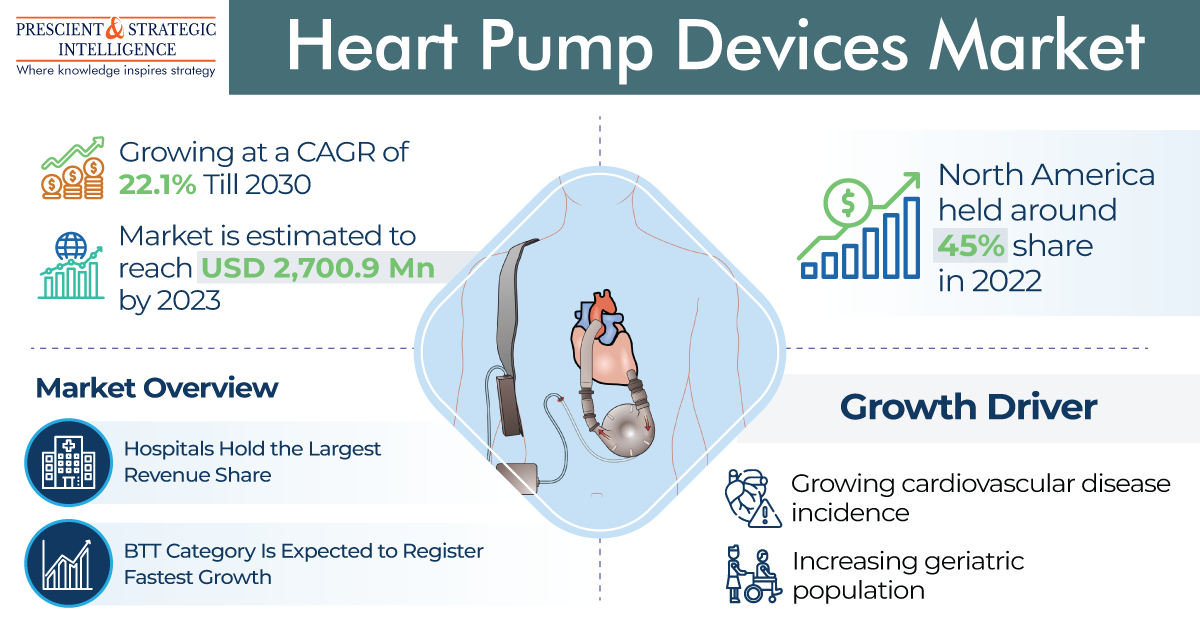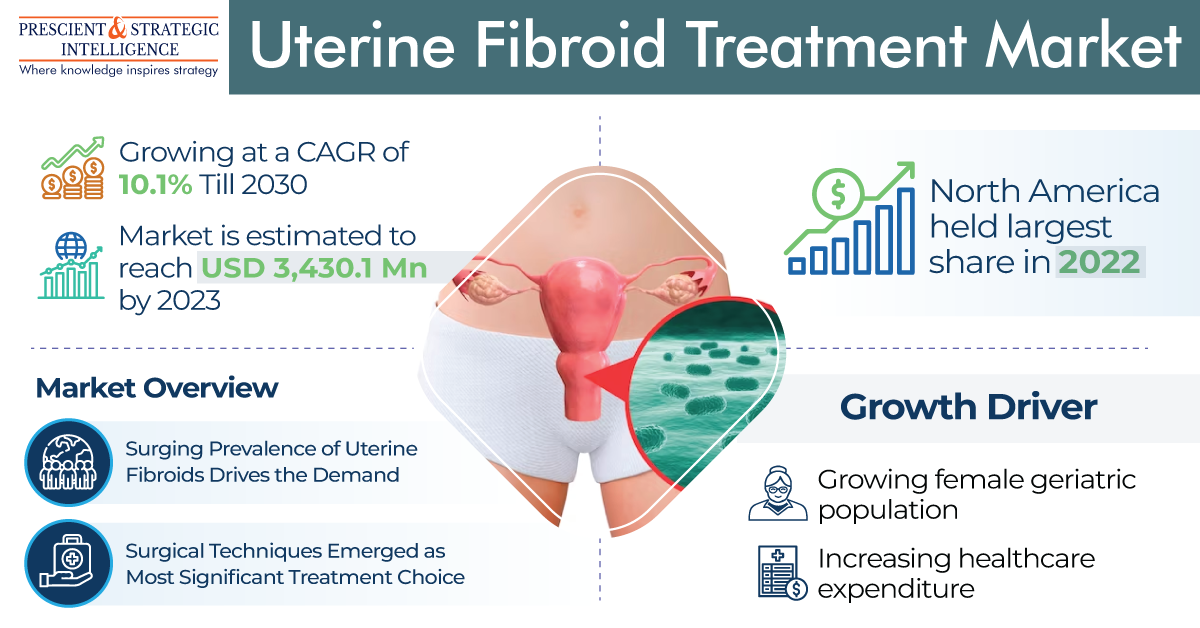When it comes to achieving glowing and radiant skin, people often rely on expensive skincare products and beauty treatments. However, what many people tend to overlook is the significant impact of their diet on skin health.
The saying “you are what you eat” holds for our skin as well. Consuming a balanced diet that includes skin health foods can work wonders for maintaining a clear, youthful, and vibrant complexion.
Let’s explore seven superfoods that can contribute to optimal skin health, providing essential nutrients and promoting a natural, healthy glow.
Avocado
Known for its high content of healthy fats, avocados are a powerhouse of skin-friendly nutrients. They are packed with monounsaturated fats that help keep the skin moisturized and flexible, reducing the appearance of fine lines and wrinkles.
Additionally, avocados contain vitamins E and C, which act as potent antioxidants, protecting the skin from oxidative damage caused by free radicals.
Sweet Potatoes
Rich in beta-carotene, sweet potatoes are a skin-friendly food that can give your skin a healthy glow. Beta-carotene is converted to vitamin A in the body, which is essential for skin cell turnover and repair. Regular consumption of sweet potatoes can help prevent dry, flaky skin and promote a smoother texture.
Green Tea
Green tea is not only a soothing beverage but also a potent skin health booster. It contains catechins, which have anti-inflammatory and antioxidant properties that can help reduce redness and inflammation. Additionally, green tea can help protect the skin from damage caused by sun exposure and pollution.
Greek Yogurt
Greek yogurt is a great source of probiotics, which play a vital role in promoting a healthy gut. A balanced gut microbiome can positively impact skin health by reducing inflammation and preventing skin conditions like acne and eczema.
Dark Chocolate
Indulging in moderate amounts of dark chocolate (with high cocoa content) can be beneficial for your skin. Dark chocolate is rich in flavonoids, which can enhance blood flow to the skin, improve hydration, and protect against sun damage. Additionally, the antioxidants in dark chocolate can help combat free radicals, promoting a more youthful appearance.
Nuts and Seeds
Almonds, walnuts, chia seeds, and flaxseeds are excellent sources of healthy fats, antioxidants, and vitamins that benefit the skin. Vitamin E in nuts and seeds helps protect the skin from UV damage, while their omega-3 fatty acids maintain skin elasticity and hydration.
Salmon
Salmon is an excellent source of omega-3 fatty acids, which are essential for maintaining skin health. These healthy fats help to keep the skin hydrated and reduce inflammation, promoting a clear and radiant complexion. Omega-3s also support the skin’s natural barrier, which protects against environmental pollutants and irritants.
Additionally, the consumption of fatty fish and walnuts is very high due to the high presence of fatty acids, these acids have numerous benefits, which is why they are now being increasingly utilized in the skincare and beauty industry.
Moreover, these skin health foods are consumed by both adults and elderly people, however, because of the larger population of adults than that of elderly people around the world, these foods are mostly consumed by adults.
Incorporating these skin-boosting foods into your diet, along with a good skincare routine, proper hydration, and sufficient sleep, can contribute to achieving radiant, beautiful skin that glows from within.
Moreover, with the surging R&D spending by a large number of local and foreign businesses producing functional foods and the rising knowledge of the health benefits of functional foods across Asian countries, the need for skin health foods is increasing, and it will reach a value of USD 3,438.9 million by the end of this decade.


